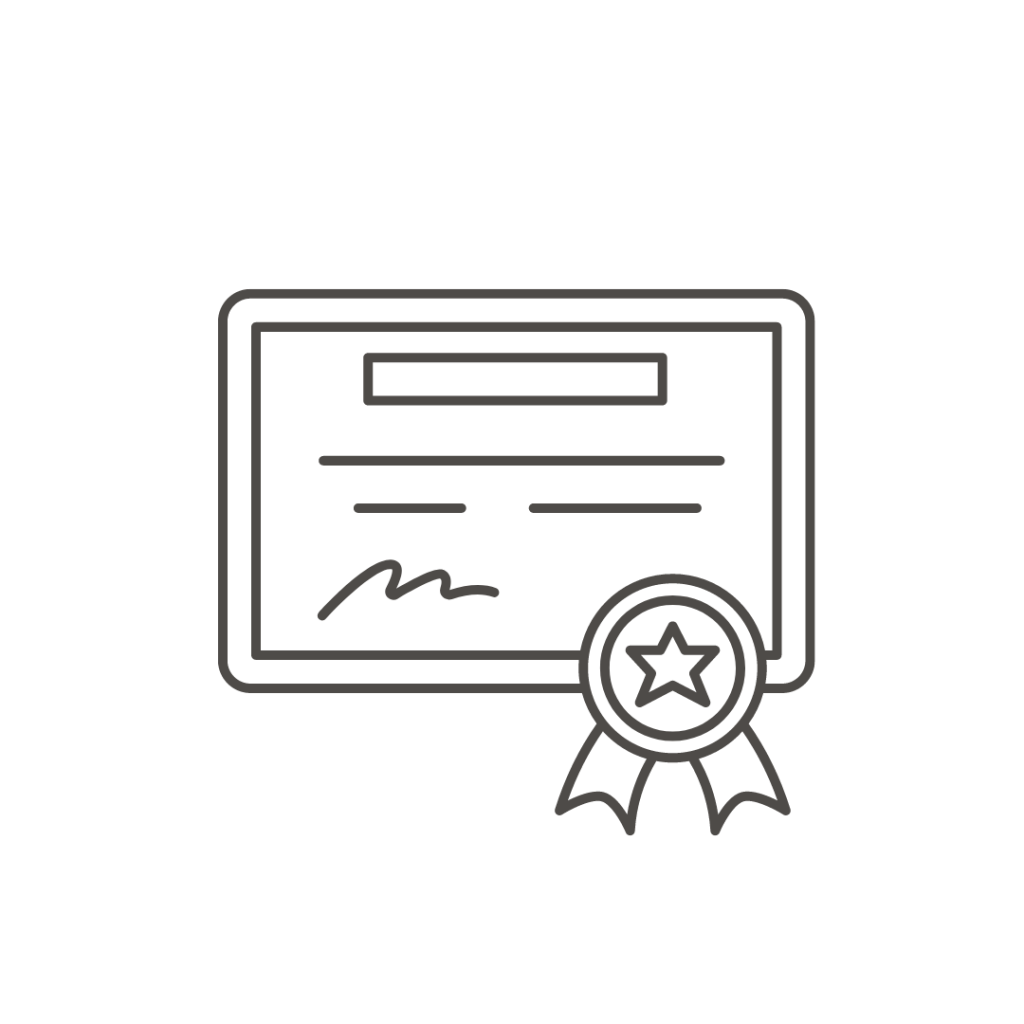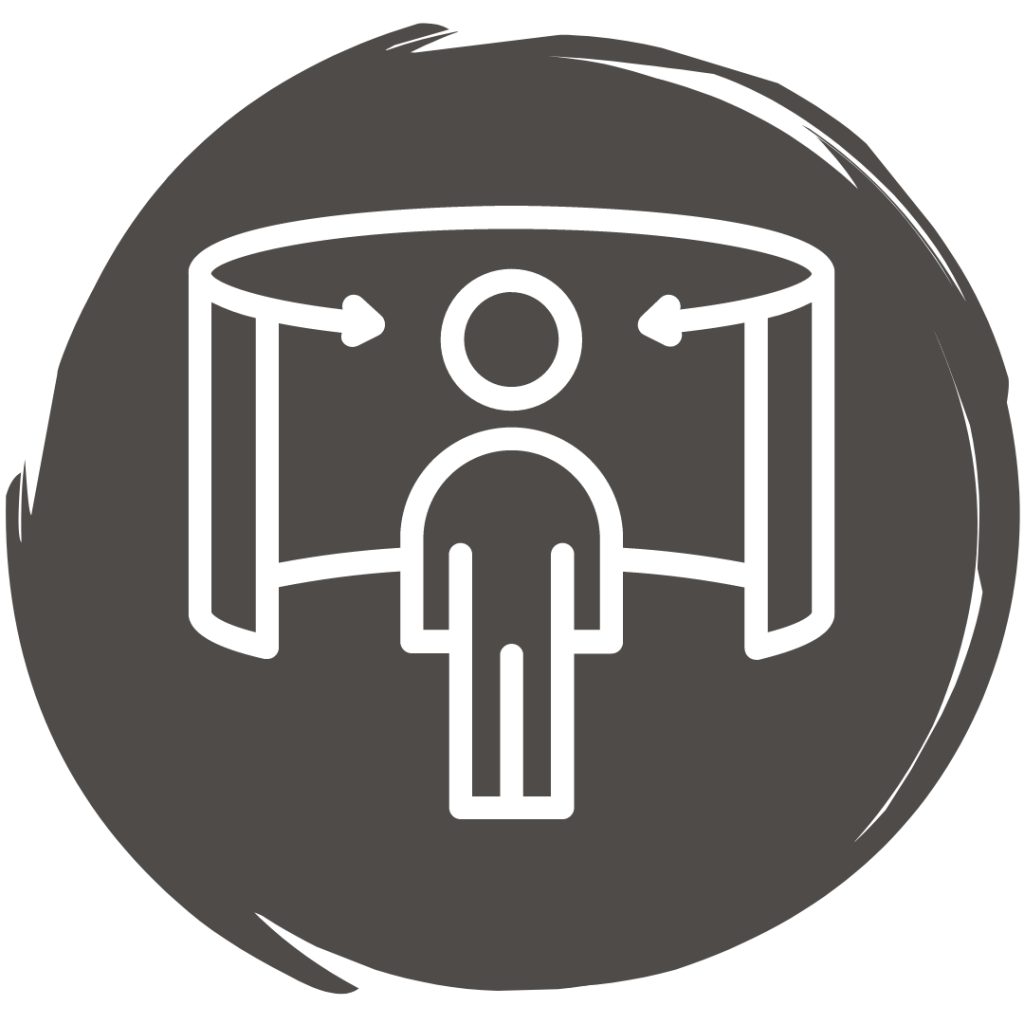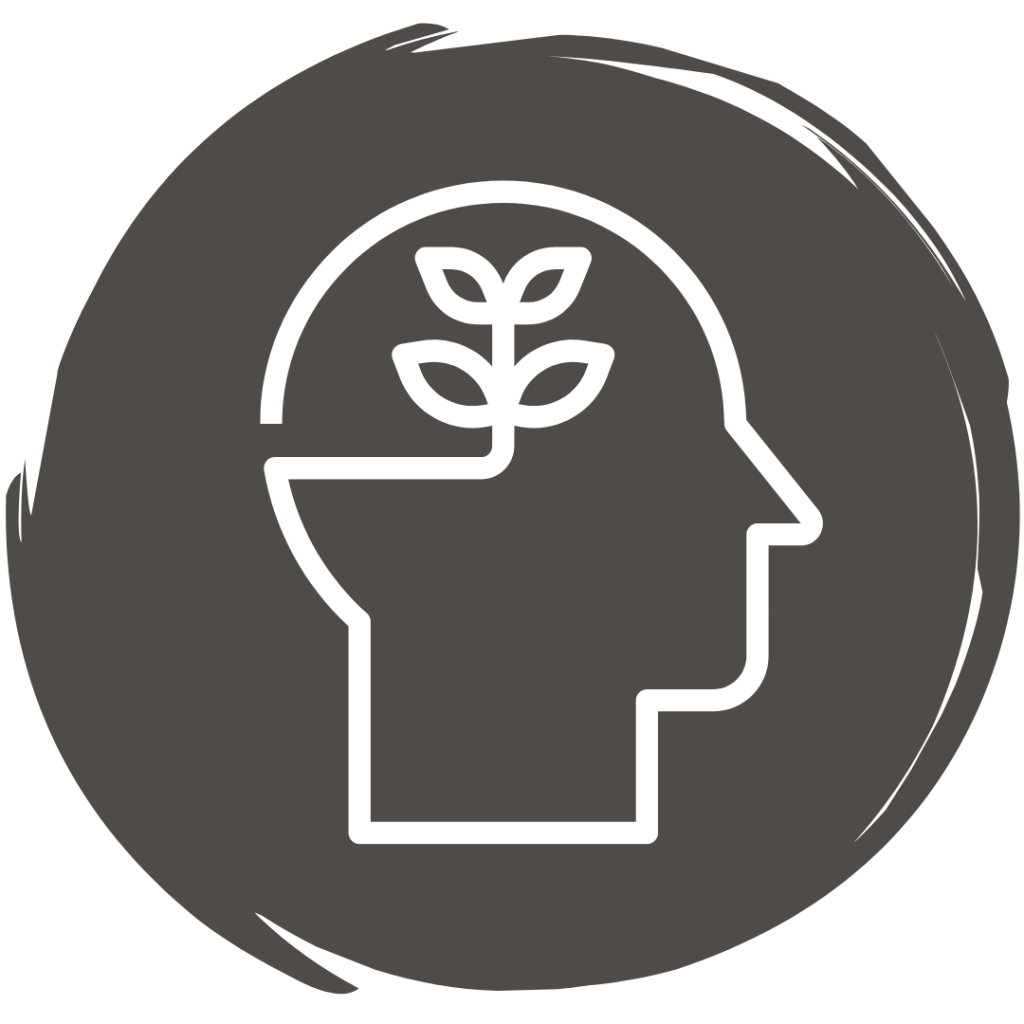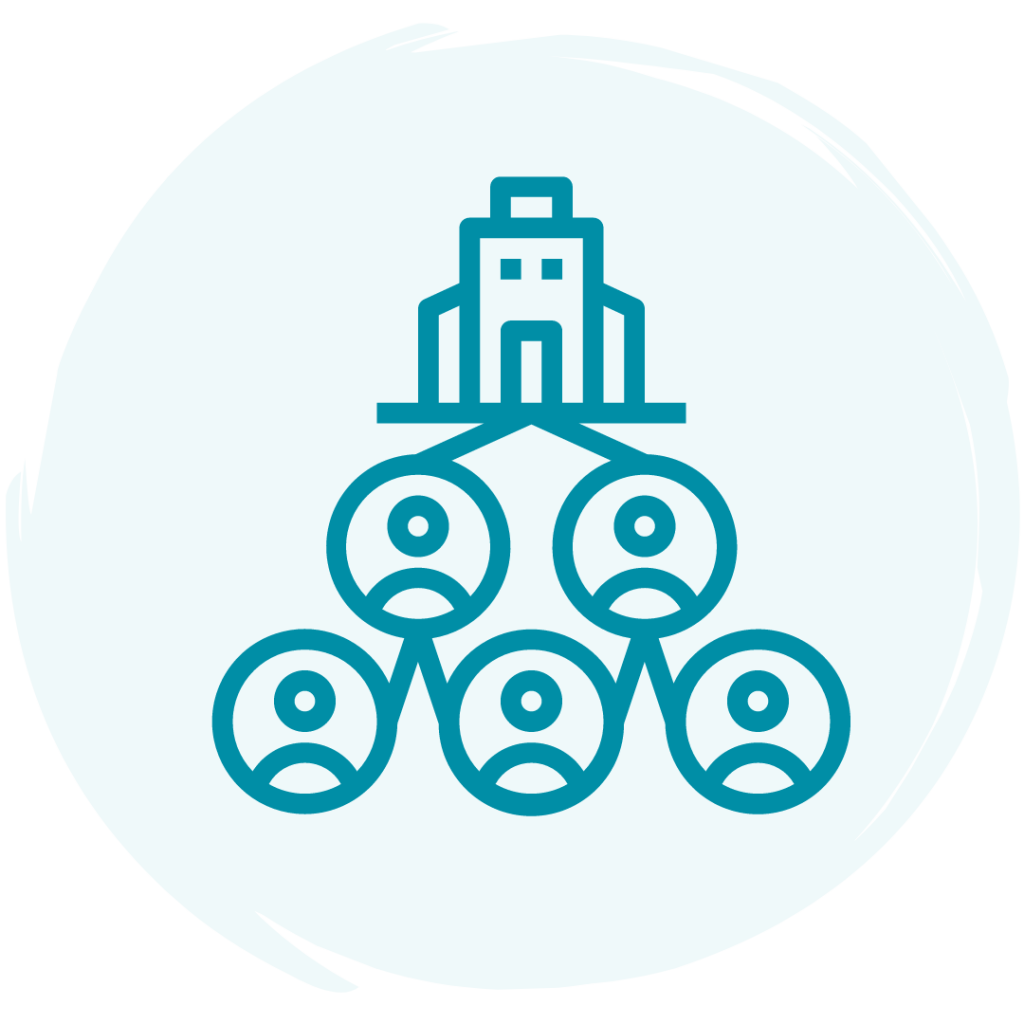ICP-BAF
Understanding business agility is essential to navigate today’s complex and fast-paced business environment. It enables organizations to adapt, innovate, and respond effectively to changes, maximizing their chances of success, growth, and sustainability.
Our Business Agility Foundations course can benefit your professional growth, leadership abilities, and competitiveness. It empowers you to drive organizational success, navigate uncertainty, foster collaboration, and elevate your career.
Our course is a dynamic 2-day workshop or five engaging 3-hour online sessions, leading to a Professional Certification in Business Agility Foundations with Agile People and ICAgile.
Embrace Business Agility to stay ahead and be current; you must be able to navigate the ever-changing business landscape no matter what level you work at. Gain new knowledge, capabilities, and a strong network while enjoying a stimulating learning experience.
Our interactive group sessions encourage sharing experiences, discussions, and hands-on learning through our Learning Management System (LMS).
Don’t miss out on the opportunity to update your knowledge. Sign up today and unlock new skills, practical tools, and possibilities for success!
Target Audience

Leaders at all levels who see the value of growing a flexible, fast-paced organization that can quickly adjust to rapid changes in the Business Landscape.

Consultants that want to deepen their agile understanding to support customers in agile transformations better.

Agile coaches want to learn about Business Agility to support the organization and grow team performance and delivery.

HR professionals at all levels want to enhance Business Agility, provide a superior employee experience and use agile methods to meet the needs of their organization.

Curious individuals who want to understand Busienss Agility to seek growth and new challenges and believe in people-centric organizations.
What Differentiates Our Courses & Training Programs

Our approach emphasizes interactive group work, enabling participants to learn from one another through shared experiences and knowledge during engaging group discussions.

The course leads to a Professional Certification with Agile People and ICAgile. To ensure top-quality learning experiences against proven Learning Outcomes, our courses are accredited by ICAgile, a leading global agile accreditation and certification body.

With both the online and in-person workshop, you will gain access to our Learning Management System (LMS), where you can delve into the theory and acquire in-depth knowledge of the subject matter at your phase.

The training will teach you new skills and practical tools while establishing valuable connections. As part of our commitment to your agile journey, we organize regular events to enrich your learning experience further.
At Agile People, we consistently offer online training sessions and in-person workshops. Our dedication is to ensure that every participant gains the knowledge and skills they seek, whether they’re joining us virtually or in person.
Across the globe, our licensed, experienced trainers deliver our training courses and programs with the same dedication, and we are proud to have this global footprint. They frequently offer instruction in their native languages for localized understanding and relevance.
Online via Zoom
More Course Information

The online and in-person workshops cover ten key topics and are described more in detail in our Course Description.

The training covers three perspectives; Individual (you), team (we in our group), and organizational (all of us).

ICAgile accredits our courses and programs, and all our courses have a detailed learning outcome.
Other Courses

Bryggvägen 21
117 71 Stockholm
Sweden
Corporate ID no: 559002-6836
VAT no: SE559002683601

This course is divided into five engaging sessions.
Business Agility Foundations
Session B1: The Need for Business Agility
In today’s Volatility, Uncertainty, Complexity, and Ambiguity (VUCA) environment, business agility is increasingly critical for success. The new competitive edge is the new values and principles and self-organizing teams with the right mix of diverse people working close to the customers’ experience and empowered to make decisions.
Session B2: Emergent Strategy and Value Creation
Aligning teams around a vital purpose and focusing on generating a vision is essential to providing inspiration and creating high performance. It’s imperative to empathize with customers to maximize customer value and make it visible to focus on value creation.
Session B3: Frameworks Tools and Techniques
Agile is about adapting to change. You adapt to the customers’ changing needs and work according to priorities to deliver the customer’s most significant value early. Using a Lean StartUp approach, you can test your hypothesis with a Minimum Viable Product. Using Scrum, Kanban, and Value Stream Mapping in the whole company differs from using them for Software development. What are examples, and how can you design your processes using agile working methods?
Session B4: New Ways of Thinking and Behaving
Recognizing and understanding complex adaptive system dynamics accelerates the path toward Business Agility. It is not only our organization’s dynamics that we should understand and manage with “Polarity Management” and “Cynefin Decision Making Model”; but also our thinking & behaving patterns by the concept of the “Ladder of Inference.”
Session B5: Business Agility as the New Normal
In today’s fast-moving and complex environments, we need to be more responsive and adaptable to navigate the complexity. To do that, we need to:
Due to our VUCA world, we will explore what is needed in the business to embrace agility, deepen understanding about the structure/culture misfit, and why transformation can fail.
Talent Acqusition
Setting The Scene For Business Agility
Awareness: The Need For Business Agility
Compelling Vision, Focus, And Clarity Of Purpose
Enabling Business Agility
New Ways Of Thinking
New And Differentiating Behaviors
Implementing And Sustaining Business Agility
Frameworks, Tools, And Techniques
Business Agility As The New Normal
The Training Cover Three Perspectives:




Glad you want to learn more!
Hello! I am Ingela, and I work with the core team at Agile People. I’d love to connect woth you and explore potential solutions.
You can write me an email or schedule a meeting to discuss further!